I started this article to find the best sunscreens I could use and recommend. After doing some research, I found a lot of information I was unaware of, so here is a summary of choosing the best sunscreen for your skin.
We all know the importance of sunscreen and should use it daily. Unfortunately, many sunscreens contain potentially harmful chemicals that, when used daily, can do more harm than good. This article will help you choose the perfect non-toxic sunscreen for you and the environment.
How Sunscreen Works?
Sunscreens use active ingredients to either absorb or reflect radiation from the sun, stopping it from damaging our skin. There are two main types of sunscreens: Chemical and Mineral:
- Chemical Sunscreens use Absorbers: These ingredients absorb UV radiation and convert it into heat, which is then released from the skin. Standard chemical absorbers are:
- Oxybenzone
- Avobenzone
- Octocrylene
- Octinoxate
- Homosalate
- Mineral sunscreens use Physical Blockers: These ingredients reflect UV radiation away from the skin. Common physical blockers are:
- Titanium dioxide
- Zinc oxide
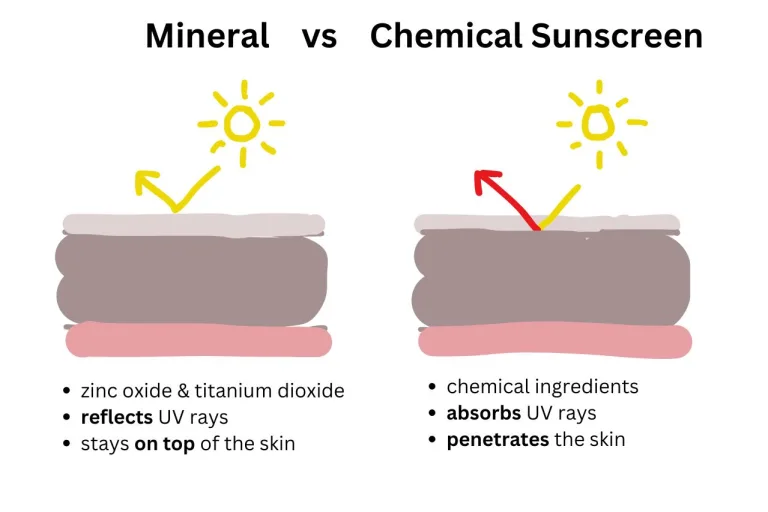
Cosmetic brands follow a multi-step testing process to ensure the safety of their products. Testing includes both individual ingredients and the final formulations.
Formulations must comply with regulations set by authorities like the FDA in the US and the European Commission in the EU to ensure product safety.
Sunscreen-producing brands analyse how much of the product a consumer would use in the worst-case scenario and leave a safety margin for ingredients of concern, so even if we go overboard, the product would still be safe to use.
All ingredients used in sunscreens are tested, used only in small quantities, and are deemed safe for humans, so why should we even be worried?
Why do we need to be careful about the sunscreens we use?
I have a few reasons for choosing sunscreens with the safest and cleanest formulations, and I apply this logic to sunscreen and other beauty and skincare products.
- These days, we use multiple products multiple times a day to keep our largest organ – our skin – moisturised, clean, and safe. We apply cleansers, sunscreens, moisturisers, serums, shower gels, shaving foam, shampoos, conditioners, masks, etc. Then we add all the beauty products – concealers, foundation, blushes, highlighters… All these products are a very recent addition to human lives; never before have people been applying so many chemicals ( even if tested and safe in small amounts) to our skin. We just don’t know how deep all these products can penetrate and what effect a mixture of them has on our internal body, hormones and general wellbeing.
- Yes, a lot of ingredients are vigorously tested and are deemed safe, but are they all tested in so may combinations. There are so many different ingredients and combinations in all the products we apply on top of each other that it is pretty much impossible to test them all. To add to this point, science is evolving, and we have more and more data, and we can discover that what was deemed safe a few years ago might not be.
- In addition to impacting our bodies, many of the ingredients used in sunscreens are harmful to the environment, mainly marine life. Chemical sunscreens containing oxybenzone and octinoxate can contribute to coral reef bleaching.
Ingredients to avoid in sunscreens
Here are the most used hazardous ingredients in sunscreens that can potentially harm us and the environment.
1. OCTOCRYLENE (UV FILTER) It has been proven to be an endocrine disruptor, affecting hormone regulation in humans and wildlife (1) and can also cause allergic reactions (2).
2. BHT (BUTYLATED HYDROXYTOLUENE). It can be carcinogenic in rodents (3). Like Octocrylene, it is a potential endocrine disruptor that can affect reproductive health and hormone balance(3).
3. METHYLENE BIS-BENZOTRIAZOLYLTETRAMETHYLBUTYLPHENOL. It can cause skin allergic reactions (4) and is also persistent in the environment, posing risks to aquatic life (2).
4. BUTYLPHENYL METHYLPROPIONAL (FRAGRANCE). It is a skin irritant (5) and can affect reproductive health and development in animals(6).
5. METHYLISOTHIAZOLINONE. It can be neurotoxic (7) and is also a potent allergen, causing contact dermatitis and allergic reactions(8).
Many more chemicals in sunscreens could potentially harm us, but these are the main ones present and highlighted in most of the sunscreens I have analysed on a Yuka app.
What sunscreen ingredients are harmful to the environment, and what to choose instead?
Several sunscreen ingredients are known to harm the environment, particularly marine ecosystems and coral reefs. These ingredients can contribute to coral bleaching, damage marine life, and accumulate in aquatic ecosystems. Most of these harmful ingredients for the environment are in chemical sunscreens and other cosmetic products.
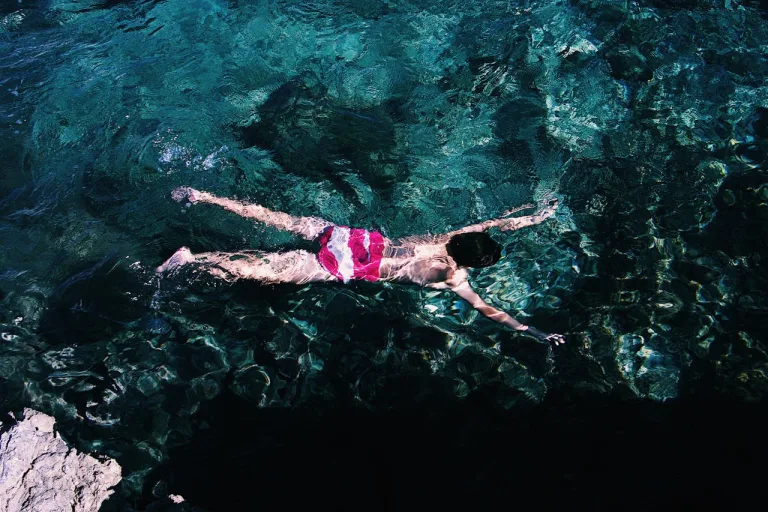
Sunscreen Ingredients that harm the environment
“Homosalate and octocrylene are the most toxic UV filters for marine organisms, potentially posing a risk in the future if concentrations continue to increase.”(11)
- Oxybenzone (Benzophenone-3) is linked to coral bleaching and can damage coral DNA (9). It can disrupts hormone function in marine life and can be toxic to algae, sea urchins, fish, and mammals (10).
- Octinoxate (Ethylhexyl Methoxycinnamate) also contributes to coral bleaching and affects marine organisms’ development and reproductive systems.
- Octocrylene can accumulate in aquatic organisms and cause developmental and reproductive toxicity. It can also degrade into benzophenone, which is a potential carcinogen.
- Homosalate can accumulate in the environment and has been detected in various aquatic organisms. It is a potential endocrine disruptor.
- 4-Methylbenzylidene Camphor (4-MBC) is an endocrine disruptor and can affect the hormonal balance of marine life. It is also persistent in the environment.
- Parabens (e.g., Butylparaben) can disrupt hormone function in marine organisms and have been linked to coral bleaching.
- PABA (Para-Aminobenzoic Acid) can be toxic to marine life.
Some regions, such as Hawaii and parts of the Caribbean, have banned sunscreens containing these chemicals to protect marine life. We should not wait till all governments catchup and make conscious decisions ourselves.
I don’t know about you, but every time I go snorkeling in the sea, I want to make sure the sunscreen from my skin is not killing our beautiful marine life already fighting for survival.
What sunscreens are the best to use?
The safest sunscreen formulations use non-nano zinc oxide or titanium dioxide as their active ingredients, which provide broad-spectrum UVA and UVB protection without harmful chemicals.
Non-nano zinc oxide and titanium dioxide are considered the safest sunscreen ingredients due to their minimal skin penetration, low irritation, and photostability. They are a good alternative to chemical sunscreens.
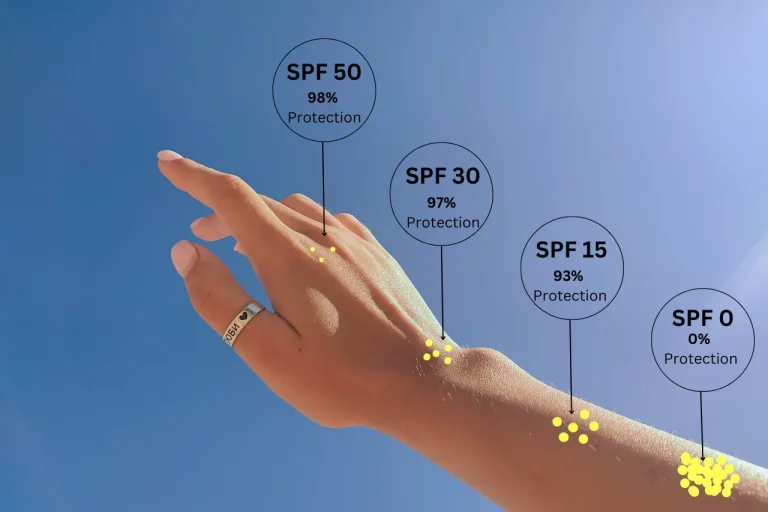
Key takeaways
Research shows that most of the products we use on our skin are safe, and we shouldn’t bin them all. Sunscreens have a very good purpose: to protect our skin from harmful UV rays and to prevent skin disease and ageing. We should use them daily.
- Choose mineral sunscreen if you can, and it suits your skin type and tone
- If you choose Chemical sunscreen, look at the ingredient list and try to avoid the five listed above, or use a Yuka product scanning app to guide you
- Make sure you use only marine life-safe sunscreen if you are swimming or snorkelling in water; The Yuka app can be helpful
- Don’t be scared of using sunscreen; even with harsh ingredients, it is better than no sunscreen when spending time in the sun
Conclusion
People talking about clean ingredients have had a bad rep on social media lately, and I understand why. There is a lot of fearmongering and demonising ingredients that have a purpose in products. This post is not about scaring you and saying to avoid all potentially harmful ingredients. It is about guidance and education and, ultimately, your choice. When choosing a sunscreen, the best thing to do is to use common sense and factors like availability and affordability, but also find a product that suits your skin type.
For example, finding a mineral sunscreen that doesn’t clog your pores and cause acne can be difficult if your skin is oily. If you have darker-toned skin, it will be even more difficult. Try to use sunscreen with very clean ingredients on your body and a bit more light, and maybe sunscreen on your face with not all perfect ingredients.
If you want to choose the best sunscreen and save time, check out the Yuka app.
Please Note: This post is for informational purposes only and is based on research. I used a YUKA app and medical publications listed in the references. It’s not medical advice. It’s always best to consult a healthcare professional with health concerns.
- Krause, M., Klit, A., Jensen, M., Søeborg, T., Frederiksen, H., Schlumpf, M., Lichtensteiger, W., Skakkebæk, N., & Kt, D. (2012). Sunscreens: are they beneficial for health? An overview of endocrine disrupting properties of UV-filters.. International journal of andrology, 35 3, 424-36 . https://doi.org/10.1111/j.1365-2605.2012.01280.x.
- Ludriksone, L., & Elsner, P. (2021). Adverse Reactions to Sunscreens.. Current problems in dermatology, 55, 223-235 . https://doi.org/10.1159/000517634.
- Park, E., & Seong, E. (2020). Methylisothiazolinone induces apoptotic cell death via matrix metalloproteinase activation in human bronchial epithelial cells.. Toxicology in vitro : an international journal published in association with BIBRA, 104661 . https://doi.org/10.1016/j.tiv.2019.104661.
- Barrientos, N., Abajo, P., Celada, R., Vega, M., & Domínguez, J. (2019). Allergic contact dermatitis caused by phenylbenzimidazole sulfonic acid included in a sunscreen. Contact Dermatitis, 81, 151 – 152. https://doi.org/10.1111/cod.13271.
- Groot, A., & Frosch, P. (1997). Adverse reactions to fragrances. Contact Dermatitis, 36. https://doi.org/10.1111/j.1600-0536.1997.tb00418.x.
- Murawski, A., Fiedler, N., Schmied-Tobies, M., Rucic, E., Schwedler, G., Stoeckelhuber, M., Scherer, G., Pluym, N., Scherer, M., & Kolossa-Gehring, M. (2020). Metabolites of the fragrance 2-(4-tert-butylbenzyl)propionaldehyde (lysmeral) in urine of children and adolescents in Germany – Human biomonitoring results of the German Environmental Survey 2014-2017 (GerES V).. International journal of hygiene and environmental health, 229, 113594 . https://doi.org/10.1016/j.ijheh.2020.113594.
- He, K., Huang, J., Lagenaur, C., & Aizenman, E. (2006). Methylisothiazolinone, A Neurotoxic Biocide, Disrupts the Association of Src Family Tyrosine Kinases with Focal Adhesion Kinase in Developing Cortical Neurons. Journal of Pharmacology and Experimental Therapeutics, 317, 1320 – 1329. https://doi.org/10.1124/jpet.106.103044.
- Cahill, J., Toholka, R., & Nixon, R. (2014). Methylisothiazolinone in baby wipes: a rising star among causes of contact dermatitis. Medical Journal of Australia, 200. https://doi.org/10.5694/MJA13.10946.
- Downs, C., Kramarsky-Winter, E., Segal, R., Fauth, J., Knutson, S., Bronstein, O., Ciner, F., Jeger, R., Lichtenfeld, Y., Woodley, C., Pennington, P., Cadenas, K., Kushmaro, A., & Loya, Y. (2016). Toxicopathological Effects of the Sunscreen UV Filter, Oxybenzone (Benzophenone-3), on Coral Planulae and Cultured Primary Cells and Its Environmental Contamination in Hawaii and the U.S. Virgin Islands. Archives of Environmental Contamination and Toxicology, 70, 265-288. https://doi.org/10.1007/s00244-015-0227-7.
- Ziarrusta, H., Mijangos, L., Picart-Armada, S., Irazola, M., Perera-Lluna, A., Usobiaga, A., Prieto, A., Etxebarria, N., Olivares, M., & Zuloaga, O. (2018). Non-targeted metabolomics reveals alterations in liver and plasma of gilt-head bream exposed to oxybenzone.. Chemosphere, 211, 624-631 . https://doi.org/10.1016/j.chemosphere.2018.08.013.
- Thorel, E., Clergeaud, F., Jaugeon, L., Rodrigues, A., Lucas, J., Stien, D., & Lebaron, P. (2020). Effect of 10 UV Filters on the Brine Shrimp Artemia salina and the Marine Microalga Tetraselmis sp.. Toxics, 8. https://doi.org/10.3390/toxics8020029.
Silvija Meilunaite PN1-NC, is a certified nutrition coach and a writer in the nutrition and self-improvement field with a passion for exploring science-based knowledge focusing on holistic health and plant-based nutrition.
Featured in the Wellness on Time magazine.
- S. Meilunaitehttps://barefootbasil.com/author/silvootegmail-com/
- S. Meilunaitehttps://barefootbasil.com/author/silvootegmail-com/
- S. Meilunaitehttps://barefootbasil.com/author/silvootegmail-com/
- S. Meilunaitehttps://barefootbasil.com/author/silvootegmail-com/

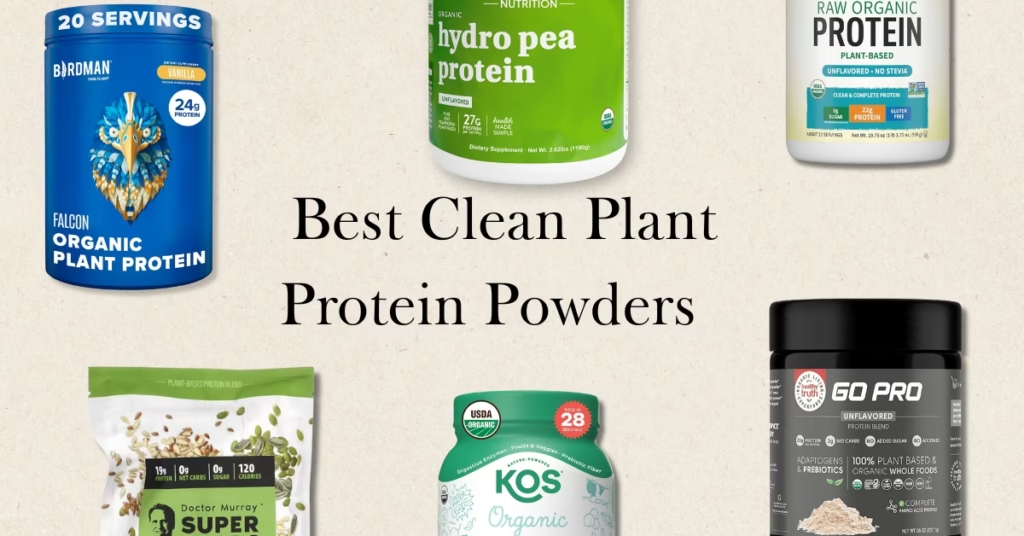


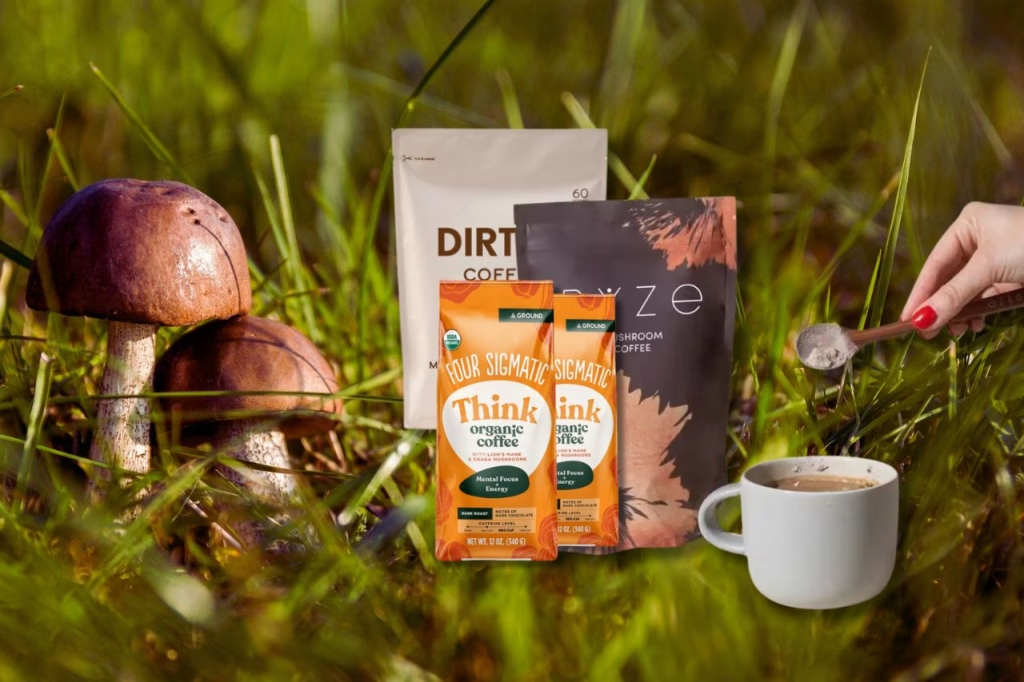
Thank you for sharing this, very insitfull. I have so much more knowledge about sunscreens now 🙂